Blue Belgian Gold
Have you ever heard of our blue gold?
The term blue gold is more widely known to describe water, but the Belgian Blue Stone, a noble material with a grey-blue colour, is so beautiful and precious in our eyes that the name blue gold seems to define it perfectly.
Where does it come from?
The Walloon subsoil hides gold… Blue Gold!
A few metres below the quarrying site of the Carrières de Maffle, this veine de pierre, limestone with a blue appearance, a true “blue gold” appreciated for centuries in our country and in many others, passes through.
Carrières de Maffle transforms 90% of the Pierre bleue de Belgique.
They are fortunate to be located less than 30 km from Carrières des Carrières du Hainaut à Soignies, the main supplier.
The bluestone bank emerges from the Walloon subsoil in the Hennuyer basins, the Ourthe-Amblève basins, in the Bocq Valley and in the Molignée Valley.
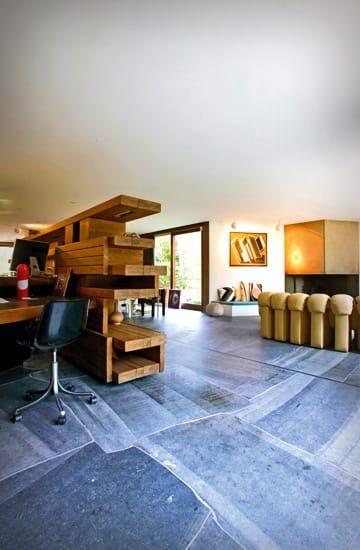
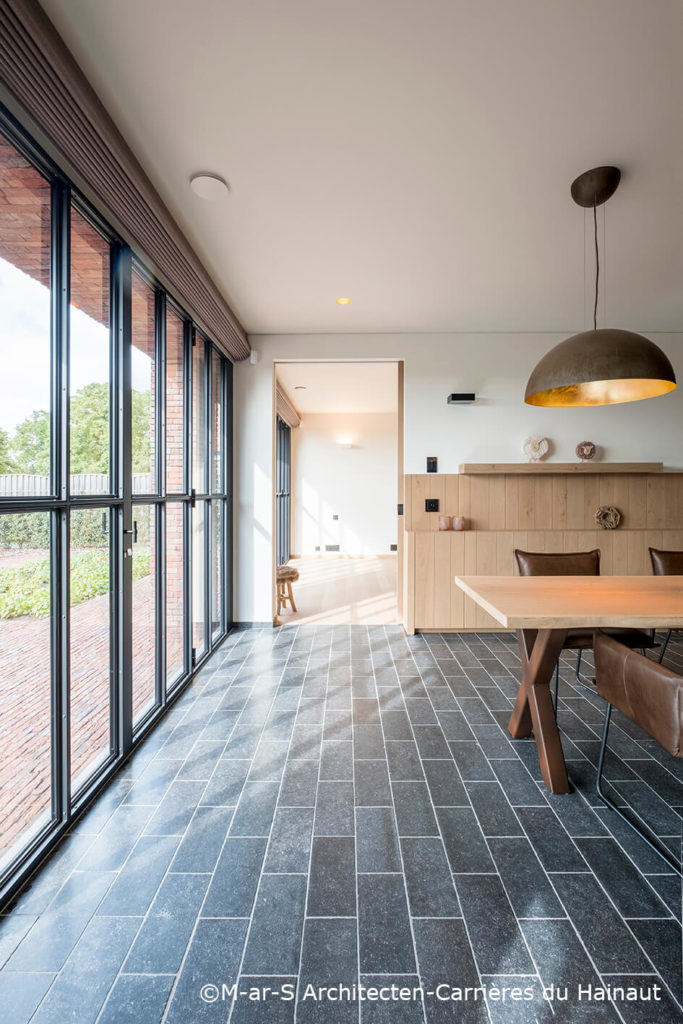
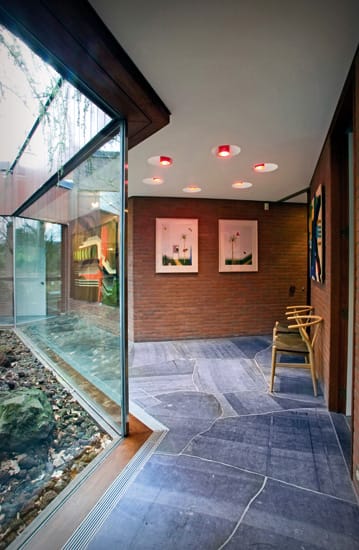

But what exactly is it about?
Belgian Blue Stone is a limestone with a more or less accentuated natural blue-grey colour, characterised by the presence of numerous crinoid debris. It is extracted exclusively in Belgium. This compact limestone of sedimentary origin results from the accumulation of innumerable debris of encrines or crinoids, cemented by a micro-crystalline gangue containing very finely divided carbon which gives the stone its blue colouring.
Belgian Blue Stone is non-rotting and resistant.
It is available in a variety of colours depending on the finish, ranging from light grey to dark grey, almost black, to blue grey. Because it comes from organic material, as soon as the stone is exposed to the outside, the material oxidises and the stone has a greyish appearance.
Like all materials extracted from the ground, it has certain structural characteristics depending on the geological conditions that determined its formation over millions of years. A clear distinction must therefore be made between the particularities of the stone’s appearance that may justify the existence of different commercial categories and the technical defects of Belgian Blue Stone® that fully warrant the removal of the stone affected.
It may contain white filings and/or black or red threads also called veins, bousins, geodes and moieties, white spots, styloliths and fossils. A rigorous selection of blocks and slices is necessary in order to bypass the particularities that may or may not be excluded according to the requirements of the specifications.
Projets
Les projets réalisés avec ce matériau
Creation of a Courtyard in Ixelles Using 800 m² of Belgian Blue Limestone Strips
In a residential complex in Ixelles, access paths and walkways have been redesigned around a central garden. To surface these paths, the choice fell on strips of Belgian Blue Limestone — a local, durable material well suited to vehicular areas.
Continue reading “Creation of a Courtyard in Ixelles Using 800 m² of Belgian Blue Limestone Strips”Creation of a chessboard terrace
Original project of a chessboard terrace made of Belgian Blue Stone slabs.
Continue reading “Creation of a chessboard terrace”Cheminée de style en Pierre Bleue de Belgique
Réalisation d’une cheminée rustique sur mesure en véritable Pierre Bleue de Belgique en finition adouci foncé. Elle apporte contraste et authenticité à un intérieur moderne et épuré.
Continue reading “Cheminée de style en Pierre Bleue de Belgique”Réalisation d’une stèle commémorative massive avec gravure
Réalisation d’une stèle massive en finition meulé bleu avec gravure sablée. Un forage a été réalisé sur la face inférieure pour permettre une pose aisée.
Continue reading “Réalisation d’une stèle commémorative massive avec gravure”Boîte aux lettres avec éléments en effet croûte
Réalisation d’une boîte aux lettres en pierre bleue de Belgique avec face en effet croûte et gravure à la main.
Continue reading “Boîte aux lettres avec éléments en effet croûte”Boîte aux lettres avec gravure
Réalisation d’une boîte aux lettres en pierre bleue de Belgique avec gravure à la main du numéro de maison et placement d’une porte métalique.
Continue reading “Boîte aux lettres avec gravure”Identical reproduction of classified columns
Our stonemasons have reproduced identical columns classified in Belgian Blue Stone. The original measurements and finishes have been respected in order to restore this entrance to its former glory.
Continue reading “Identical reproduction of classified columns”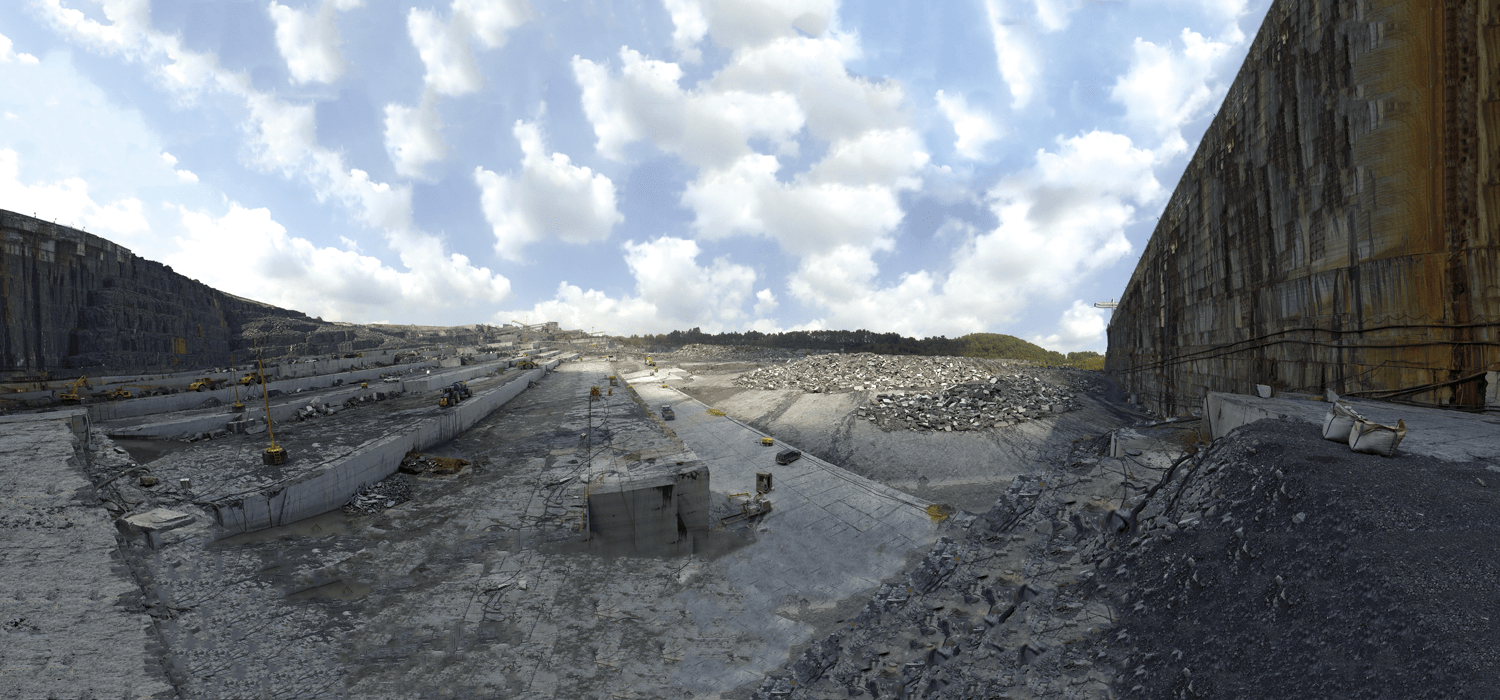


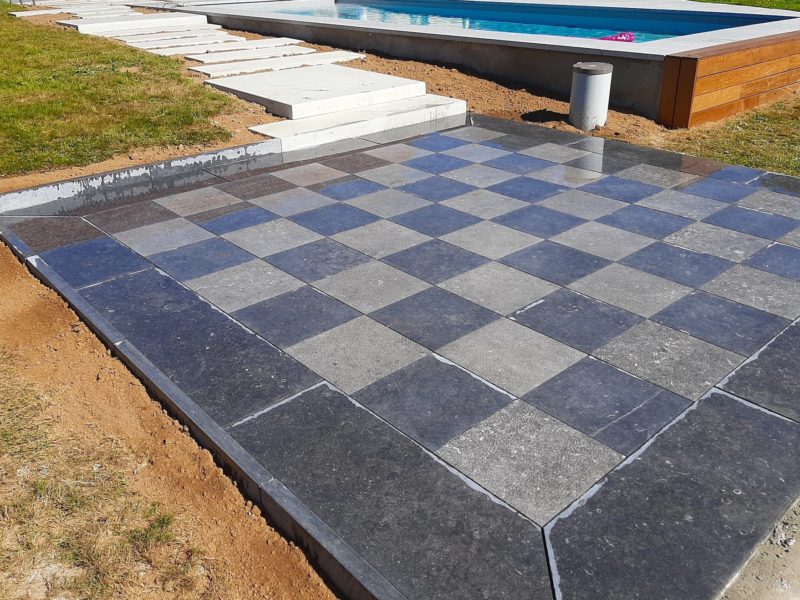
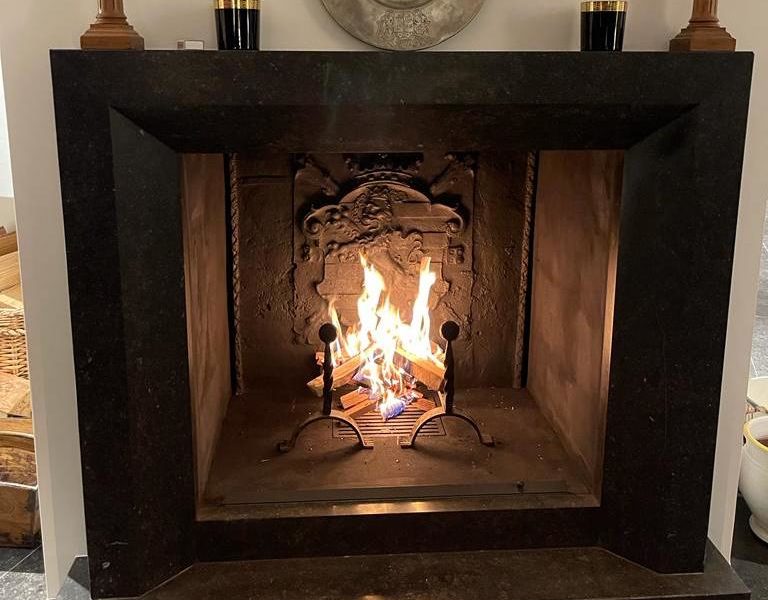
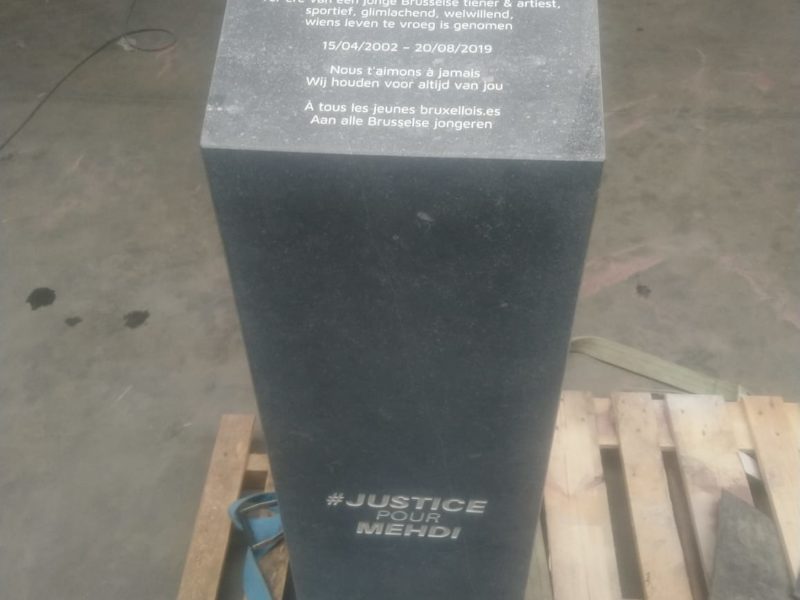
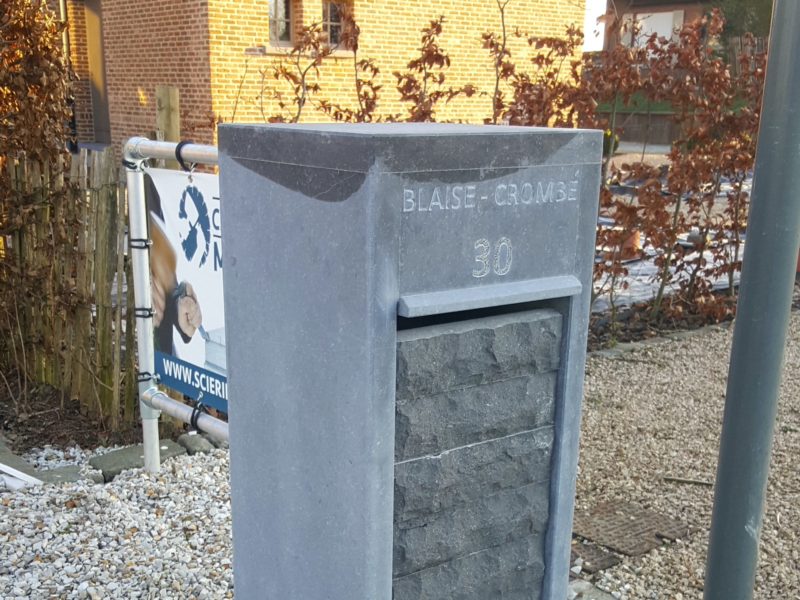
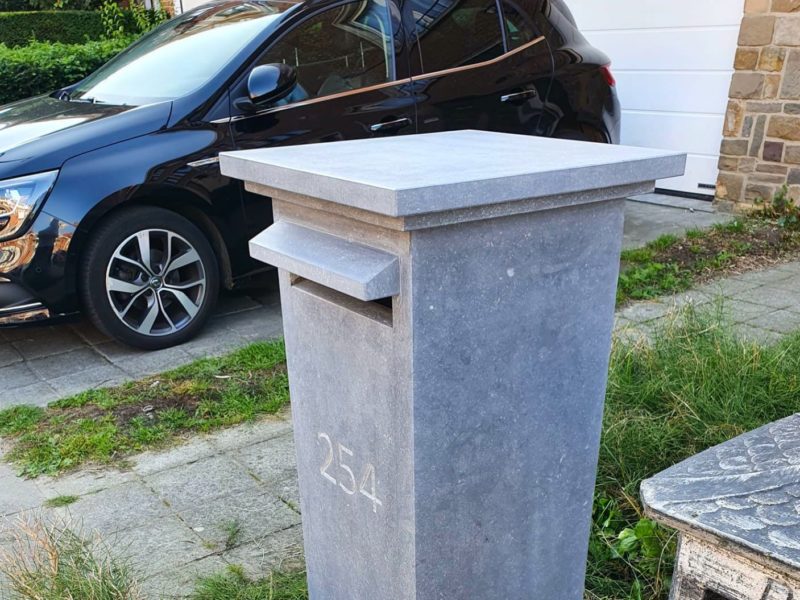
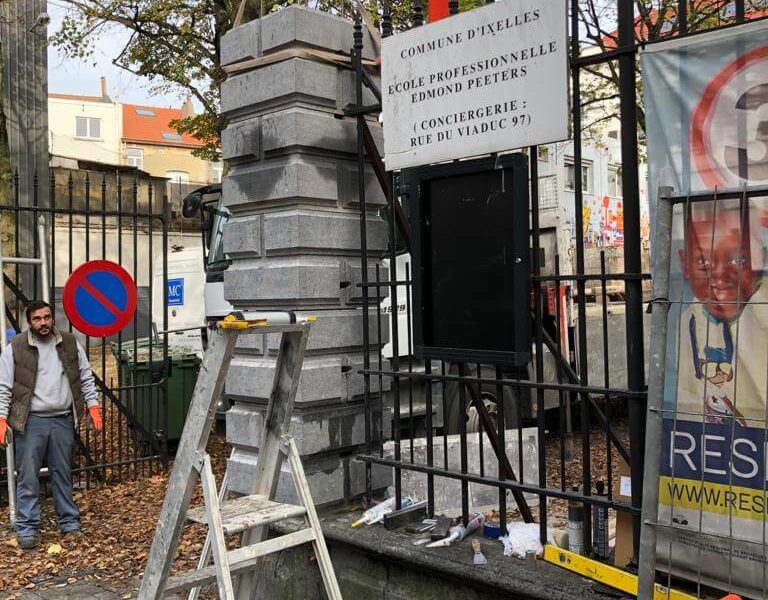
Comment entretenir la pierre bleue ?
Maintaining Belgian Blue Limestone After Winter
In spring, a simple clean is often all it takes to restore the full beauty of Belgian Blue Limestone. Discover the recommended techniques and products from Carrières du Hainaut for maintaining terraces, pathways, and façades.
Continue reading “Maintaining Belgian Blue Limestone After Winter” →Protecting Belgian Blue Limestone from Stains and Wear
Before the first signs of staining or surface wear appear over time, take a few simple precautions to extend the life of your Belgian Blue Limestone and help preserve its original finish.
Continue reading “Protecting Belgian Blue Limestone from Stains and Wear” →Removing Grease or Acid Stains from Belgian Blue Limestone
Belgian Blue Limestone requires specific care to preserve its beauty over time. Discover our practical tips for keeping your surfaces looking their best, both indoors and out.
Continue reading “Removing Grease or Acid Stains from Belgian Blue Limestone” →